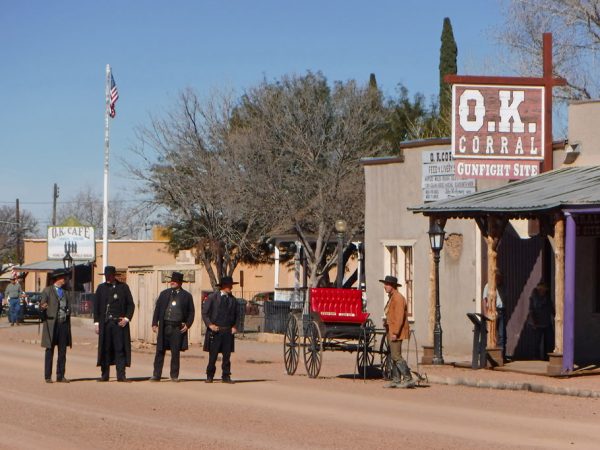
February 9 – 12, 2017.
We had Tombstone in our sights. Gunslingers, lawmen, and gamblers, the swinging doors of gritty saloons, marked cards, the smell of stale whisky, colorful dance hall girls, covered wagons on dusty streets, the Earps, Doc Holiday, the O.K. Corral, and visions of Val Kilmer saying “I’m your huckleberry.” Awesome – we were psyched, except for one little problem, where to stay.
Back in Tucson, I had search intently for some sort of camping area near the legendary old west town to no avail. Not that there aren’t plenty of places to park one’s rig in Tombstone and hang out for a few days – just none in our limited price range: free to free. The closest place I could find using all my regular online sources was a little out of the way, over a half hour drive up rough roads in the National Forest. Never-the-less we wanted to see Tombstone, so we headed east across southern Arizona to “the town too tough to die” hoping an option might pop up on our way. After doing some sightseeing en route, during which, no one flagged us down and said, oh please come camp here for free, we drove on into town, hoping if it came down to paying the prices would be reasonable (not), found a parking space, and tried the internet one more time.
I thought I’d try a tip I learned back at the Rubber Tramp Rendezvous and see if any bloggers had written about free camping near Tombstone. I plugged in “Tombstone boondocking” into Google and was surprised to get a few hits. I clicked on the first, a blog post that described in great detail what sounded like an amazing BLM site just a few miles away with nice level concrete pads to park on. Cool! Except in the very first paragraph of the blog post they make it clear that this is a “secret boondocking site” that is only known to an “elite group of elite boondockers” and that they have been sworn to secrecy to not tell where it is.
Really – cross your heart and hope to die? OK – fine. I went on to my next hit – another blog post by another blogger, which described the same location and the exact same event and exact same people as the previous post. Yeah, OK – next, third times a charm, right? Nope. Third blogger was at the party too! Apparently I had found the “elite group of elite boondockers” and they weren’t going to share this primo location with the likes of me.
Back to Google, I kept searching. I gave up on the blogs and started clicking on the links for forum posts. Not surprisingly, other people have asked the internet where to boondock near Tombstone. And lucky for me, someone (Perhaps a rebel breaking the sacred bond of secrecy and surely risking dire repercussions from “the elite”) gave up the info.
Down Charleston Road between mile markers 12 and 13.
The spot was great as advertised. Close to Tombstone, Sierra Vista (a nice sized town where we did some shopping), The San Pedro Riparian National Conservation Area, Bisbee, and some other places down the rabbit hole we didn’t visit. The site actually isn’t a secret any more – and not just because I am blabbing about it here, but because someone else listed it on freecampsites.net recently. And it actually isn’t the only place to boondock off of Charleston Road, as you can see from this BLM map. (Any of the gold areas on the map not outlined in blue are good for boondocking.) As you drive down Charleston road these sites are pretty easy to spot – just look for the gates with the signs on them directing people to allow livestock to access water, to not camp within a 1/4 mile of the livestock’s water, to not destroy, injure, or molest the livestock, and oh yeah – please close the gate (lest the adequately slaked, unmolested livestock escape).
* Oh, and BTW – I totally get wanting to keep a primo site secret in order that it isn’t overtaken by the masses. I mean, we tend to avoid sites with lots of other campers. But really, probably the best way to keep a secret is to not blab to the whole world that you have a secret.
** We are so far behind in this blog. We are currently in Atlanta doing our summertime deal, house sitting and working odd jobs to afford our next adventures. As you can see from this blog – our days were jammed packed and we had very little time for writing during our travels this winter. Never-the-less, I am determined to catch this blog up (hopefully before we attempt to sail to Mexico again this fall), because I have soooo many pictures and I’d like them to serve a better purpose than just taking up space on my hard drive. Luckily for you, though, hopefully I have forgotten the most tedious of details which should make the stories shorter, thus more interesting.
*** As always, all pictures are click to enlarge.

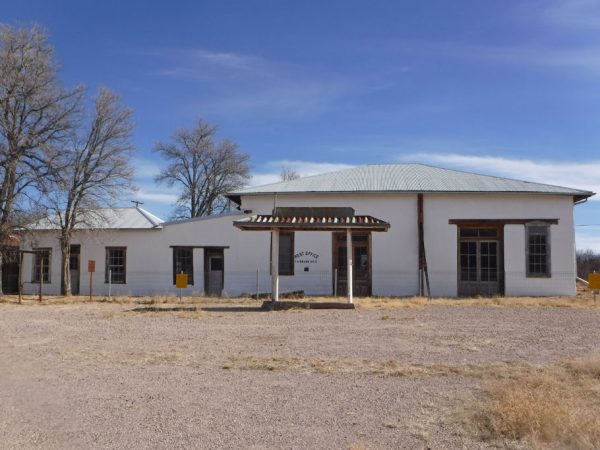
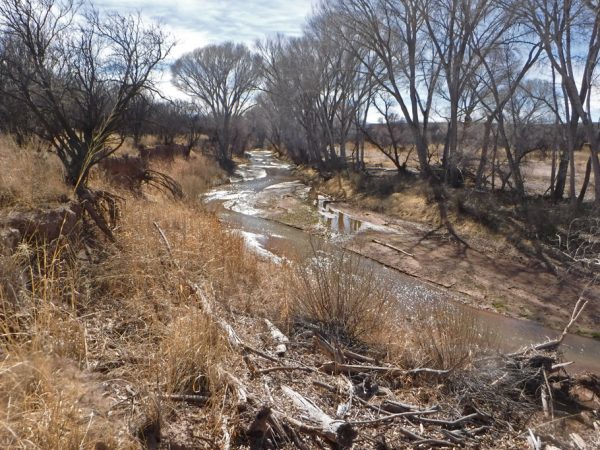
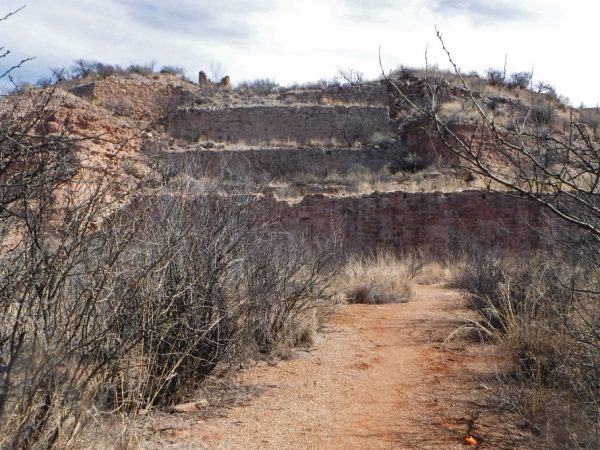
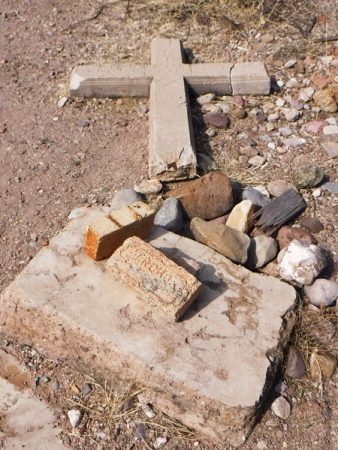
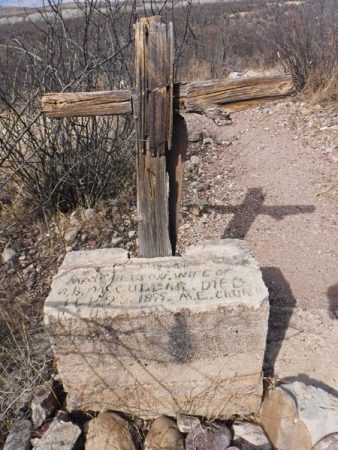
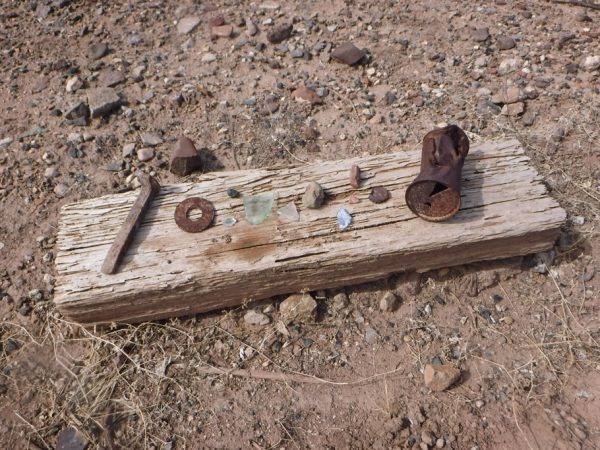
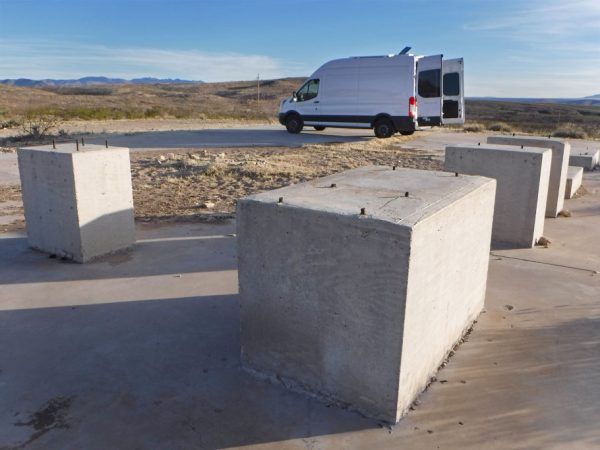
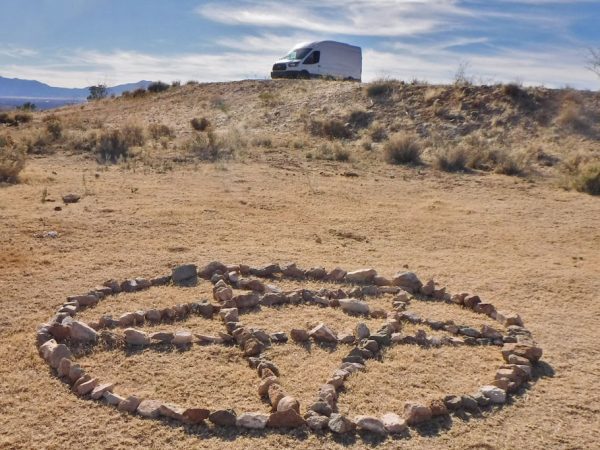
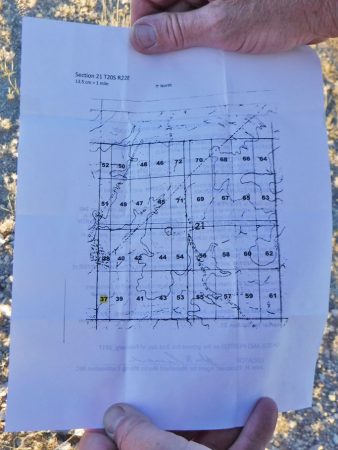
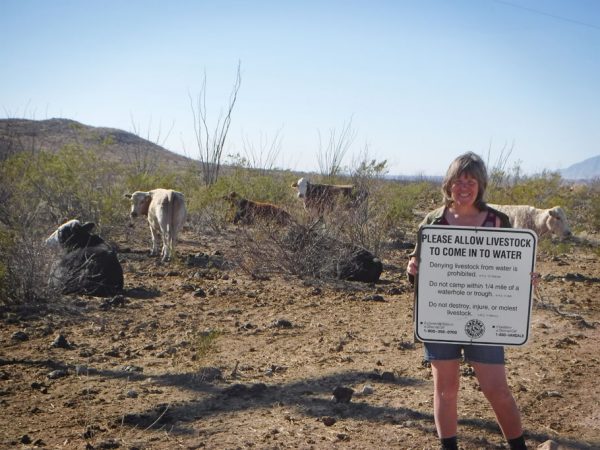
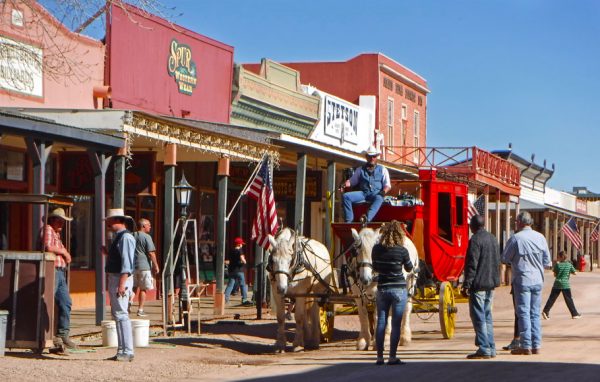
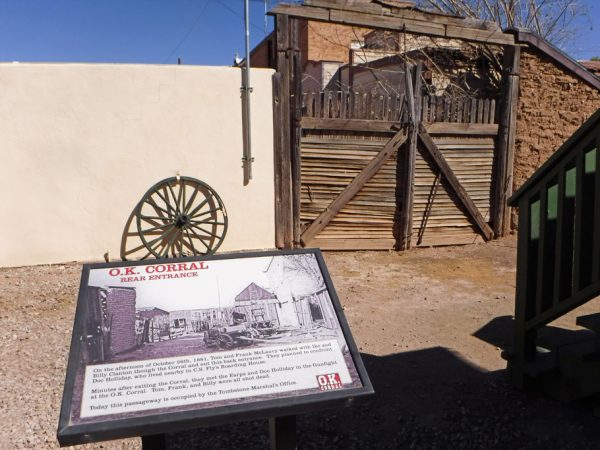
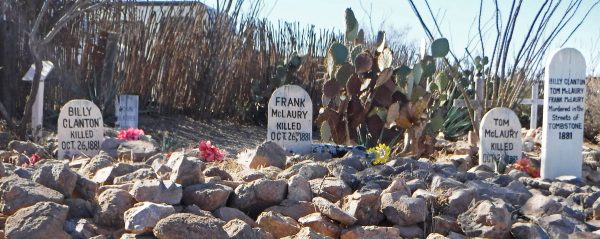
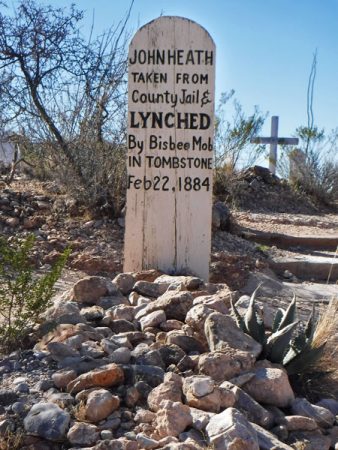
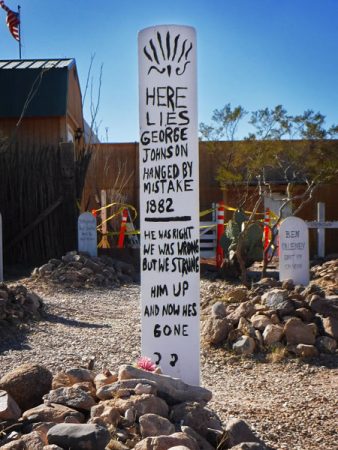
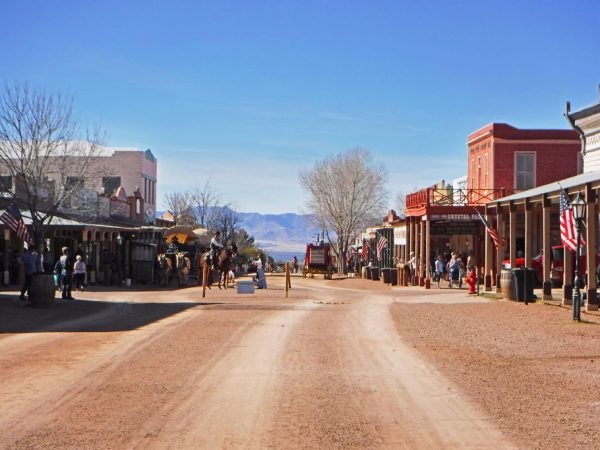
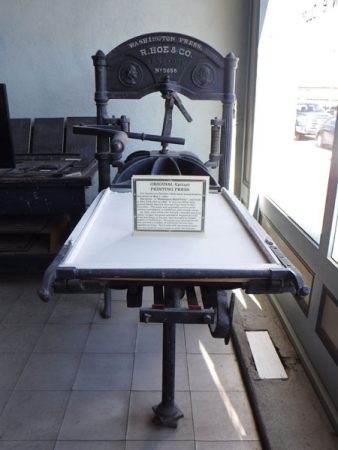
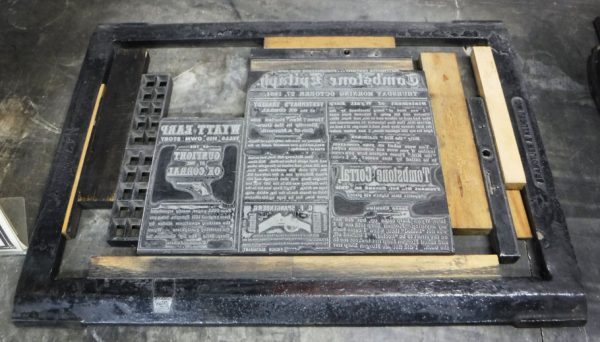
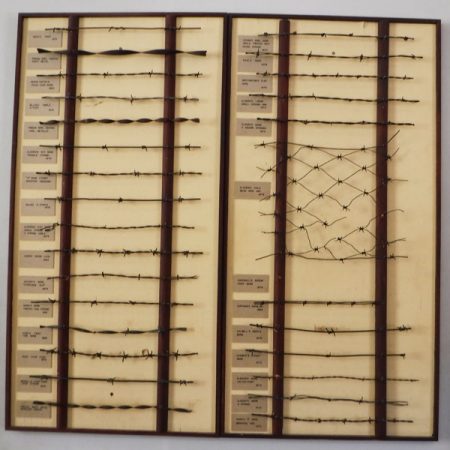
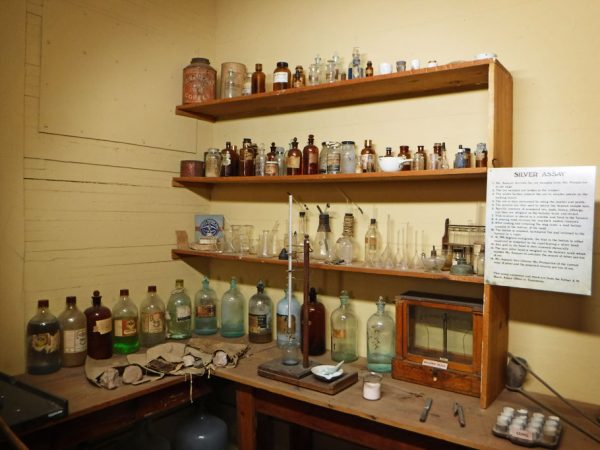
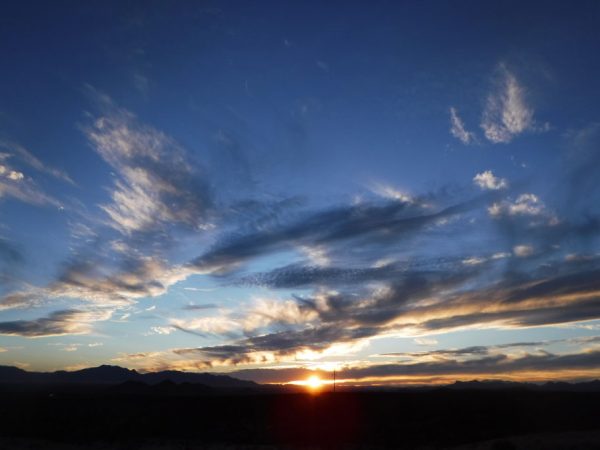
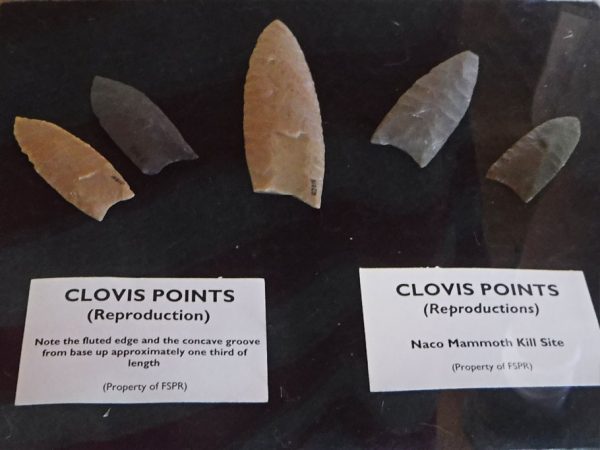

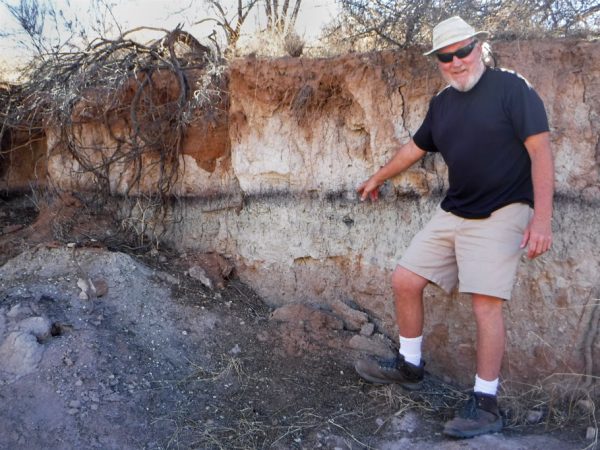


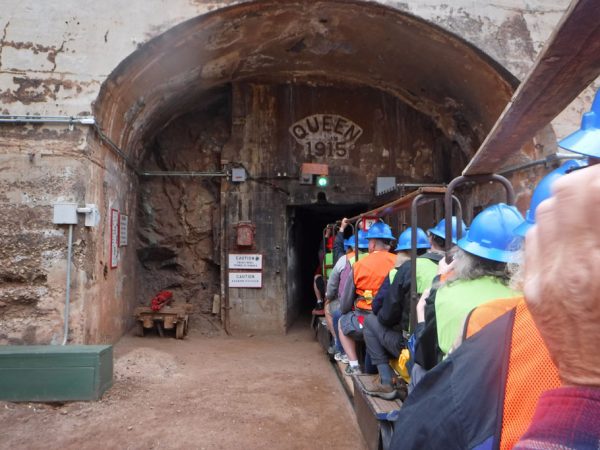
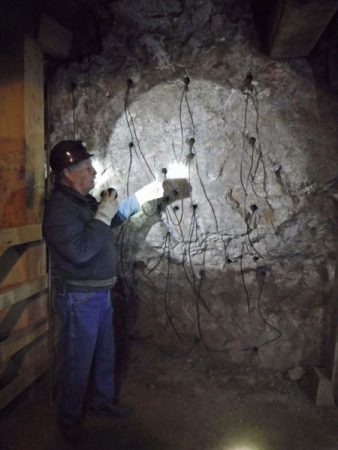
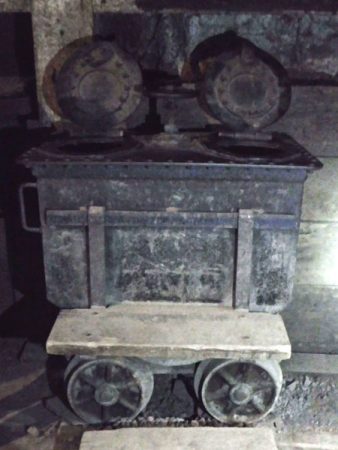
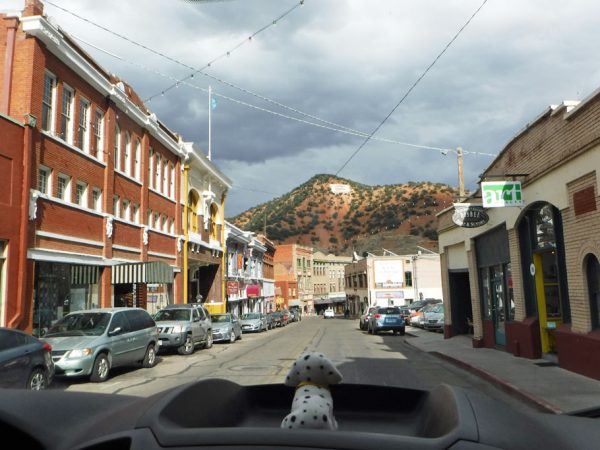
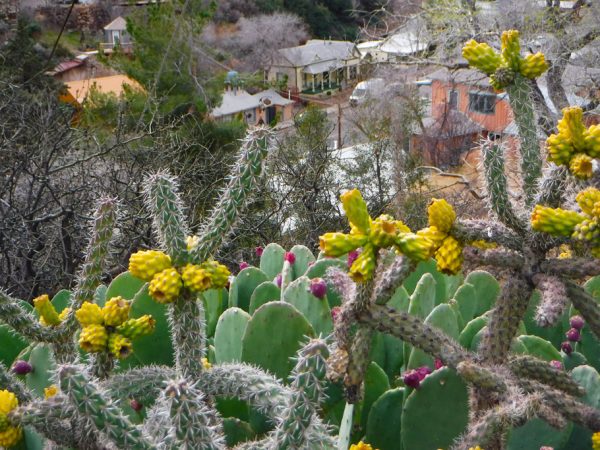
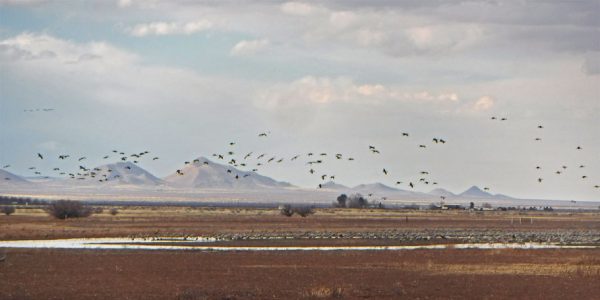
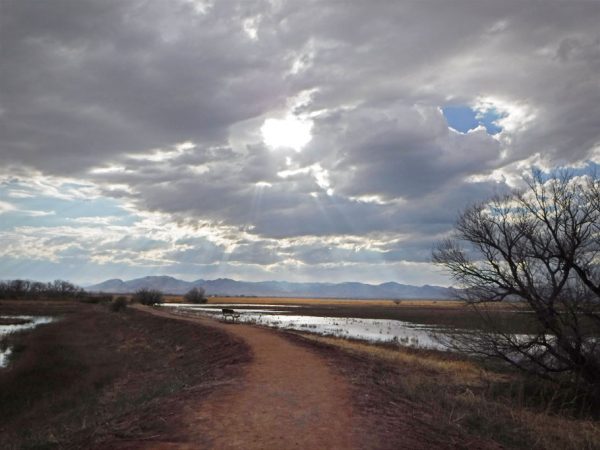

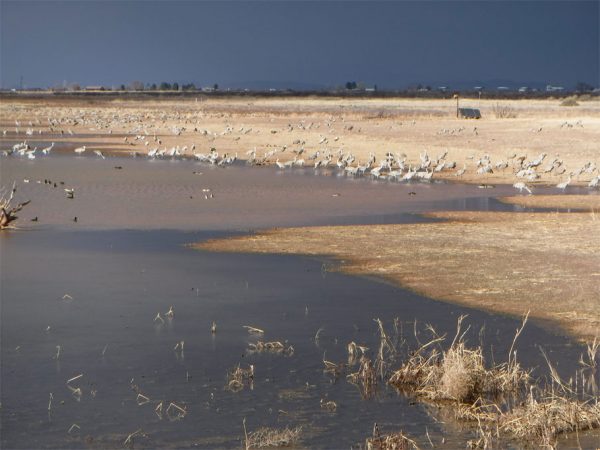



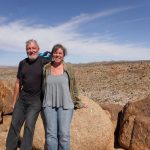


What a trip!
Always a delight reading these. Did you see my favorite tombstone?
Here lies Lester Moore
Killed from four shots of a .44
No less, no more.
Yes we did!
There is such a secrecy around boondocking sites. I remember meeting someone who told me I should never disclose the site we were camping at or something dire would happen to me. We wrote about it on our blog, but didn’t say where it was and got a lot of flak for it. A few months later, a big blogger blogged about it telling everyone where it was so I guess the secret is out.